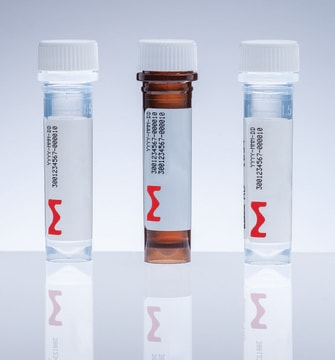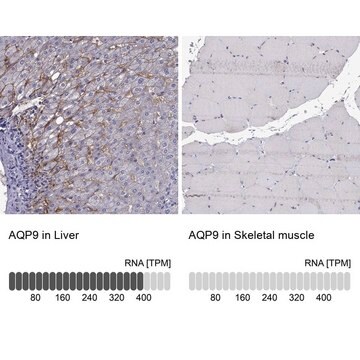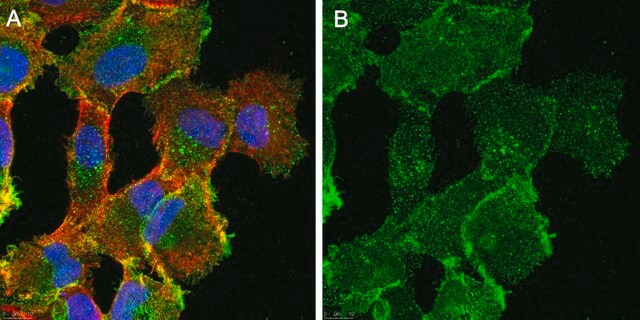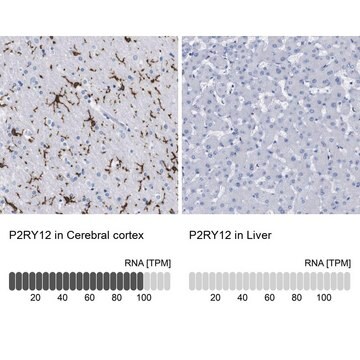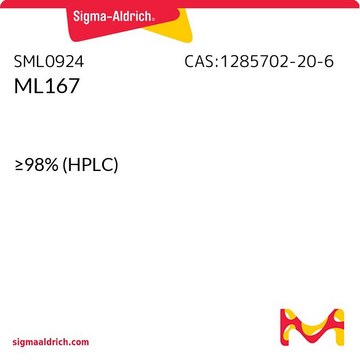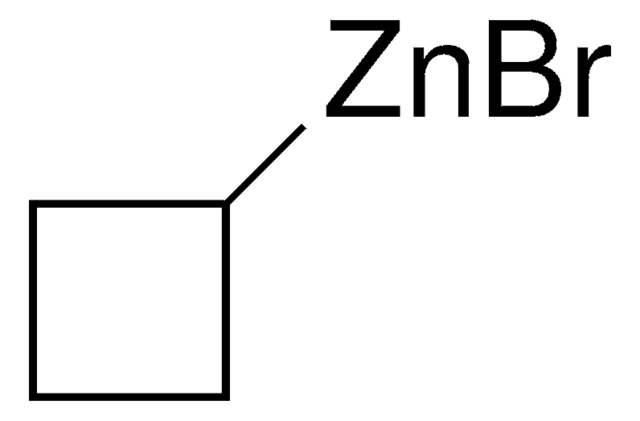AB3091
Anti-Aquaporin 9 Antibody
Chemicon®, from chicken
Synonyme(s) :
AQP9
About This Item
Produits recommandés
Source biologique
chicken
Niveau de qualité
Forme d'anticorps
affinity purified immunoglobulin
Type de produit anticorps
primary antibodies
Clone
polyclonal
Produit purifié par
affinity chromatography
Espèces réactives
rat
Fabricant/nom de marque
Chemicon®
Technique(s)
ELISA: suitable
immunocytochemistry: suitable
immunohistochemistry: suitable
western blot: suitable
Numéro d'accès NCBI
Numéro d'accès UniProt
Conditions d'expédition
dry ice
Modification post-traductionnelle de la cible
unmodified
Informations sur le gène
rat ... Aqp9(65054)
Description générale
A new member of AQP family, Aquaporin-9 (AQP9), has been cloned from human leukocytes by homology cloning (Ishibashi et al. 1997). It is mostly homologous with AQP3 and AQP7 (54-48% identity). AQP9 (295 AA) is primarily expressed in peripheral leukocytes, and lesser amounts in liver, lung and spleen. AQP9 is permeable to water and urea. Unlike AQP3 and AQP7, it did not facilitate glycerol transport. AQP families of proteins are predicted to contain six transmembrane domains. The N and C-terminus are predicted to be cytoplasmic.
Spécificité
Rat. The immunogen peptide has 94% conservation with mouse and 72% conservation with the human Aquaporin-9. Species reactivity has not been confirmed.
Immunogène
Application
Neuroscience
Ion Channels & Transporters
ELISA: 1:100,000 using 50-100 ng of control peptide per well.
Immunohisto/cytochemistry: We recommend using the affinity purified antibody at 2-10 μg/mL in paraformaldehyde fixed sections of tissues. Adherent cells can be fixed with 50% methanol-50% acetone or 1% paraformaldehyde.
Optimal working dilutions must be determined by end user.
Forme physique
Stockage et stabilité
Avoid repeated freeze/thaw cycles.
Autres remarques
Informations légales
Clause de non-responsabilité
Vous ne trouvez pas le bon produit ?
Essayez notre Outil de sélection de produits.
Code de la classe de stockage
12 - Non Combustible Liquids
Classe de danger pour l'eau (WGK)
WGK 2
Point d'éclair (°F)
Not applicable
Point d'éclair (°C)
Not applicable
Certificats d'analyse (COA)
Recherchez un Certificats d'analyse (COA) en saisissant le numéro de lot du produit. Les numéros de lot figurent sur l'étiquette du produit après les mots "Lot" ou "Batch".
Déjà en possession de ce produit ?
Retrouvez la documentation relative aux produits que vous avez récemment achetés dans la Bibliothèque de documents.
Notre équipe de scientifiques dispose d'une expérience dans tous les secteurs de la recherche, notamment en sciences de la vie, science des matériaux, synthèse chimique, chromatographie, analyse et dans de nombreux autres domaines..
Contacter notre Service technique